Usage summary of JSS in FY2020
JAXA Supercomputer System Annual Report April 2020-March 2021
In 2020, JSS2 and JSS3 were operated in parallel. JSS3 has been in full operation since March 2021. The operation of the Chofu Aerospace Center installation system in 2020 is as follows.
■ Operation of JSS2: April 1, 2020-February 28, 2021
■ Operation of JSS3: December 1, 2020-March 31, 2021
* For specifications of JSS2/JSS3, refer to Supplement 1.
Job filling rate transition of JSS2 / JSS3
JSS2 started operation in April 2016, and the job filling rate was initially 50% or less, but one year later it became 80% or more. Since then, it has been operated with a high job filling rate of 90% or more.
JSS3 has improved operational efficiency to more than 85% by executing large-scale challenge jobs during the period when computer resources are abundant in the early stages of operation. In the operation of all systems in March 2021, the seamless replacing from JSS2 to JSS3 showed a high filling rate of 90% or more.
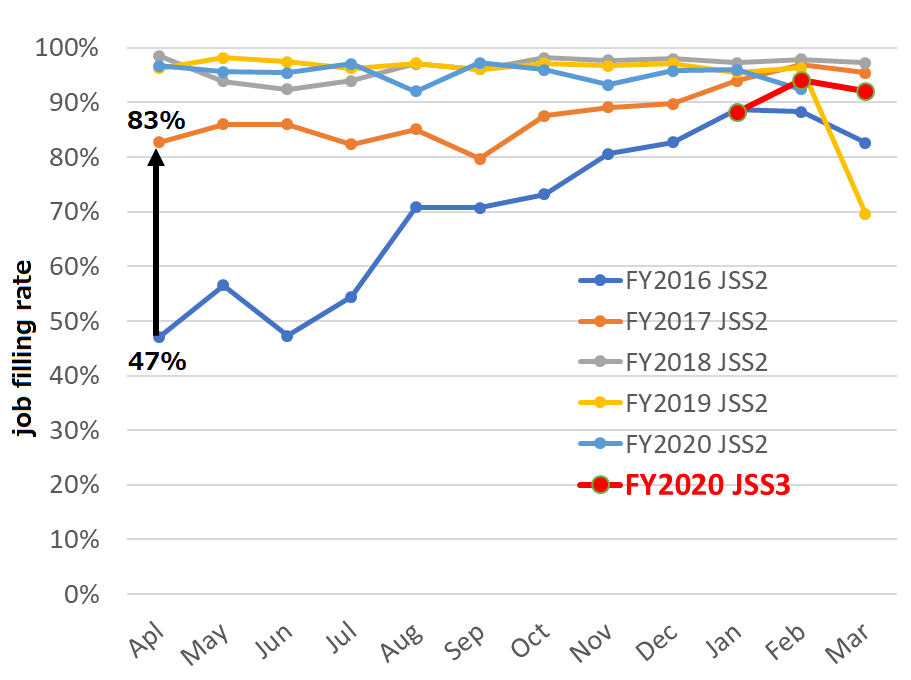 Fig. 1: JSS2/JSS3 job filling rate
Fig. 1: JSS2/JSS3 job filling rate
JSS3 initial usage trends
Many large-scale jobs that could not be executed by JSS2 are being executed by JSS3, and the migration of user programs is proceeding smoothly. Job trends are increasingly polarized into larger-scale jobs and larger parametric study jobs.
Table. 1: Percent of jobs by number of parallels
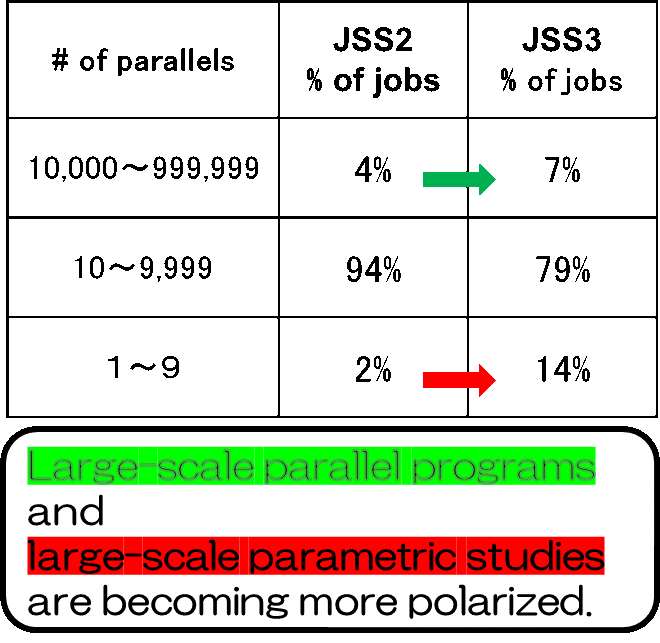
 Fig. 2: Correlation between the number of parallels and core time per job
Fig. 2: Correlation between the number of parallels and core time per job
Resource allocation
The fields of use are classified into five frameworks, and utilization rate guarantees and job execution priority control suitable for each framework are set, effectively maximizing R&D results.
| framework | overview | utilization rate guarantees |
|---|---|---|
| Specified Project Use | Strategic use of JAXA, such as project requests | 50% |
| General Use | Use of general R&D | - |
| Small scale Use | Small-scale calculations of experimental or exploratory research ( No need to set business code ) | 4% |
| JSS Inter-University Research | Use as an inter-university facility | 5% |
| Facility Utilization | Paid use by external organizations such as the private sector (refer to Supplement 2) There is a free trial use system too |
10% |
Trend from FY2016 to FY2020
Trends of JSS usage framework
Specified Project Use of JSS2 increased every year, reaching 50% of the total in FY2020.
Specified Project Use of JSS3 in 2020 accounts for more than 25% and is steadily shifting.
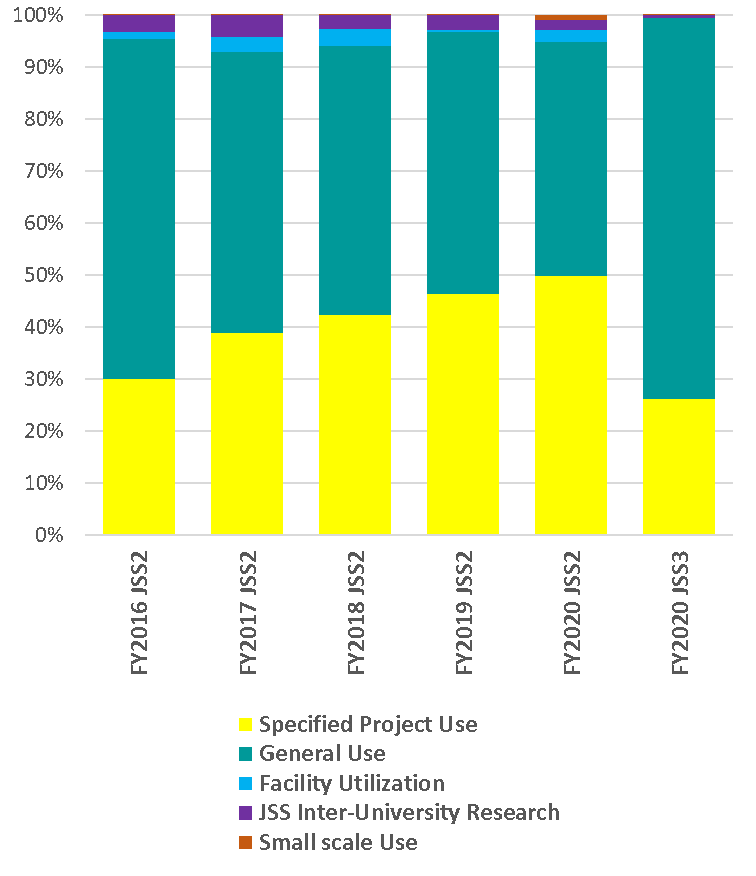 Fig. 3: Trend of resource allocation for each JSS usage framework (FY2016-FY2020)
Fig. 3: Trend of resource allocation for each JSS usage framework (FY2016-FY2020)
Trend of usage by department
The use of the space transportation technology sector has more than tripled from about 10% at the beginning of JSS2 to FY2020. The R & D department includes basic research, but also has project support from the space transportation technology department, and the total of the two departments has reached about 40% of the total. The aviation technology sector accounts for more than 40% each year, and the use of JSS2 extends to the aviation and space sectors.
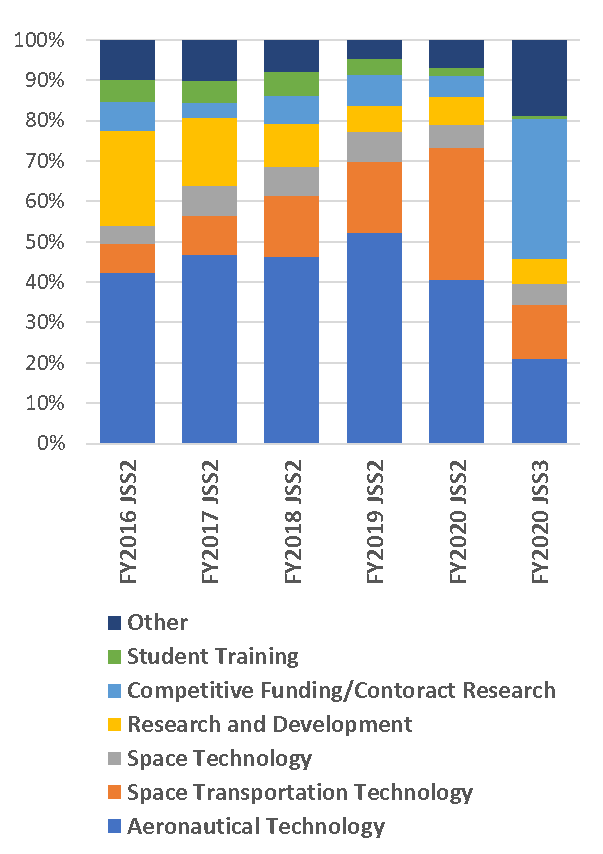 Fig. 4: Trend of usage status by department and field (FY2016-FY2020)
Fig. 4: Trend of usage status by department and field (FY2016-FY2020)
Results of JSS usage framework by department in 2020
Fig. 5 and 6 show the usage status of JSS2 / JSS3 by framework for each department. Jobs have been transferred from JSS2 to JSS3 in each department, and jobs can be executed smoothly in JSS3, including outreach jobs such as JSS Inter-University Research and student training.
In JSS3, the increase in general usage quotas in the HQ department is large. This is due to the implementation of a large-scale challenge (1/2 scale job of the entire JSS3 system) that cannot be executed in normal operation. The results were reported at the 53rd Fluid Mechanics Lecture / 39th Aeronautical Numerical Simulation Technology Symposium (ANSS General) "New JAXA Supercomputer System JSS3" session.
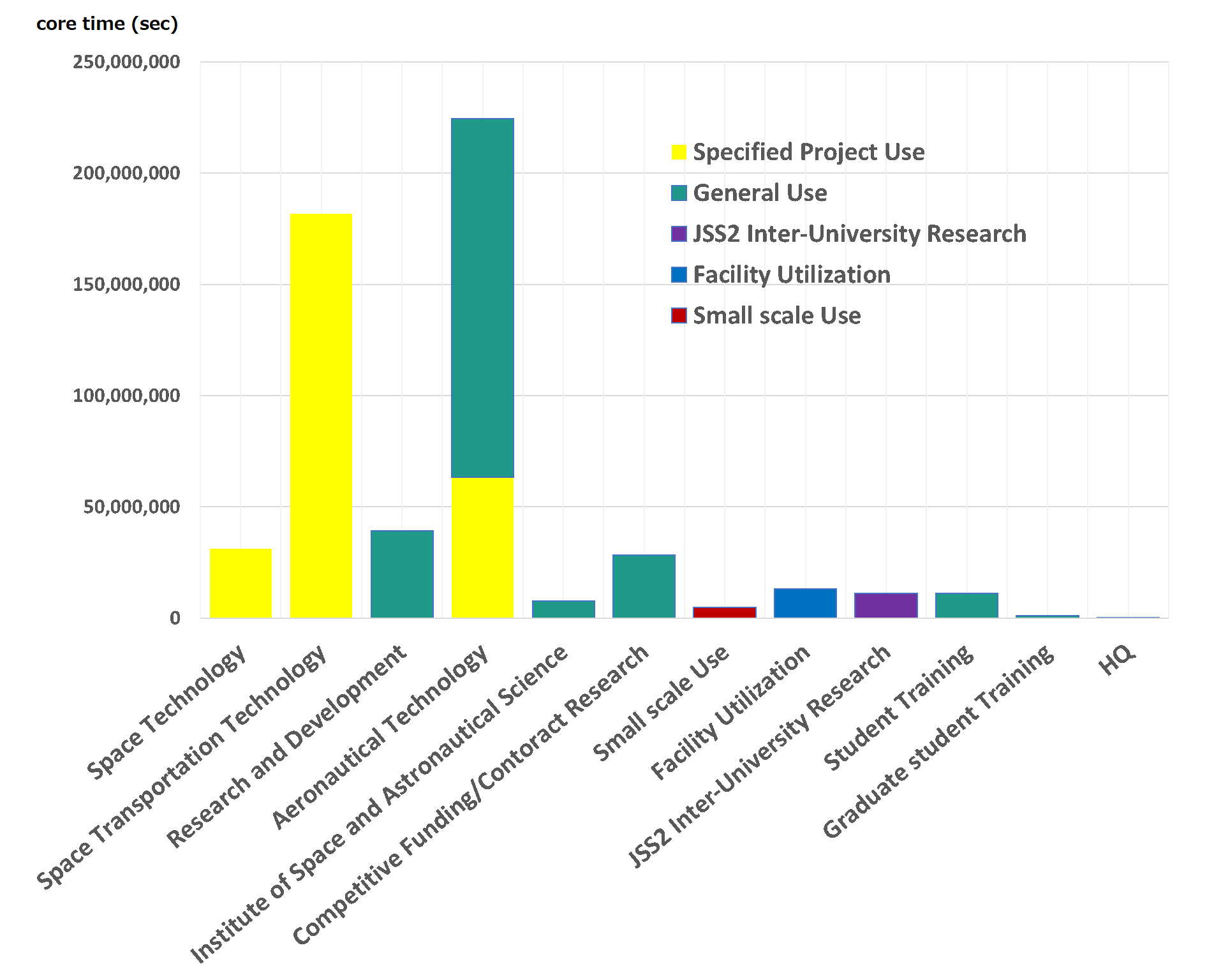 Fig. 5: JSS2 usage status by department and field
Fig. 5: JSS2 usage status by department and field
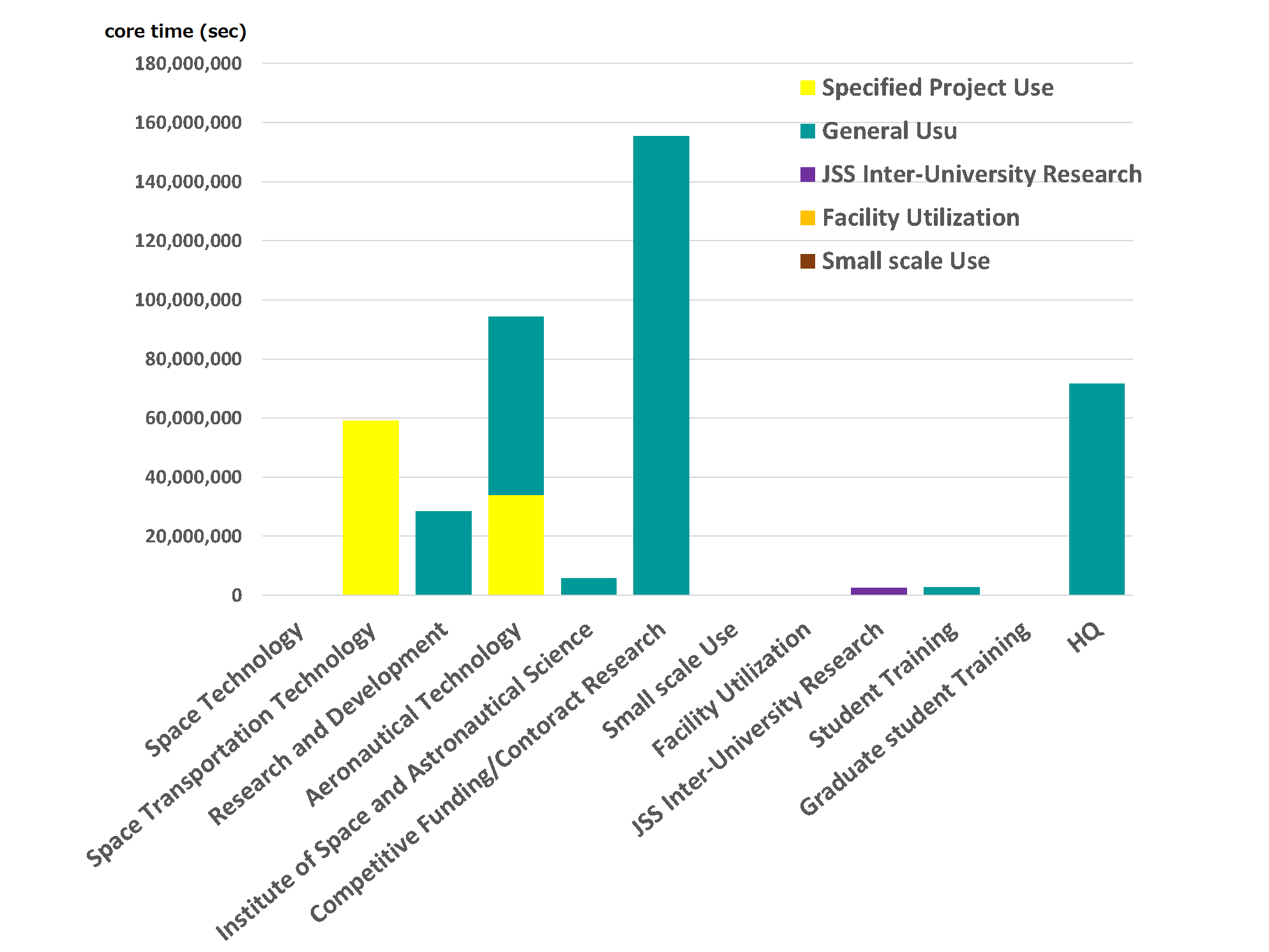 Fig. 6: JSS3 usage status by department and field
Fig. 6: JSS3 usage status by department and field
Specified project in FY2020
Specified project consist of the following three categories.
・Indispensable for reliable implementation of projects, etc.
・JAXA widely contributing to society through collaboration with the outside
・Research and development that should be promoted especially from the viewpoint of computational science toward the realization of JAXA's medium- to long-term goals
As a result of the examination, 6 issues shown in Table 3 were adopted.
| Project | Project scope / composition | Department |
|---|---|---|
| Indispensable for reliable implementation of projects, etc | ||
| H3 rocket project | Development of H3 rocket integrated system (including launch of test aircraft and post-flight evaluation) | Space Transportation Technology |
| Aviation development research Project | Research and development of aircraft noise reduction technology (FQUROH +) | Aeronautical Technology |
| JAXA widely contributing to society through collaboration with the outside | ||
| Satellite utilization promotion business | Promotion of satellite usage in collaboration with ministries, local governments, universities, the private sector, etc. | Space Technology |
| Research on satellite remote sensing | Research of Subject field | Space Technology |
| Satellite utilization operation business | Global Precipitation Measurement / Dual Frequency Precipitation Radar (GPM / DPR) and Tropical Rainfall Measuring Mission (TRMM) / Rainfall Radar (PR) Operation Project | Space Technology |
| Research and development that should be promoted especially from the viewpoint of computational science toward the realization of JAXA's medium- to long-term goals |
||
| Aviation science and technology research |
Research and development of integrated simulation technology | Aeronautical Technology |
Even looking at specific projects, the transition to JSS3, which includes I / O data, was smooth respond in the fourth quarter. Fig. 7 and 8 show the specific projects of JSS2 / JSS3 and the usage status of each business.
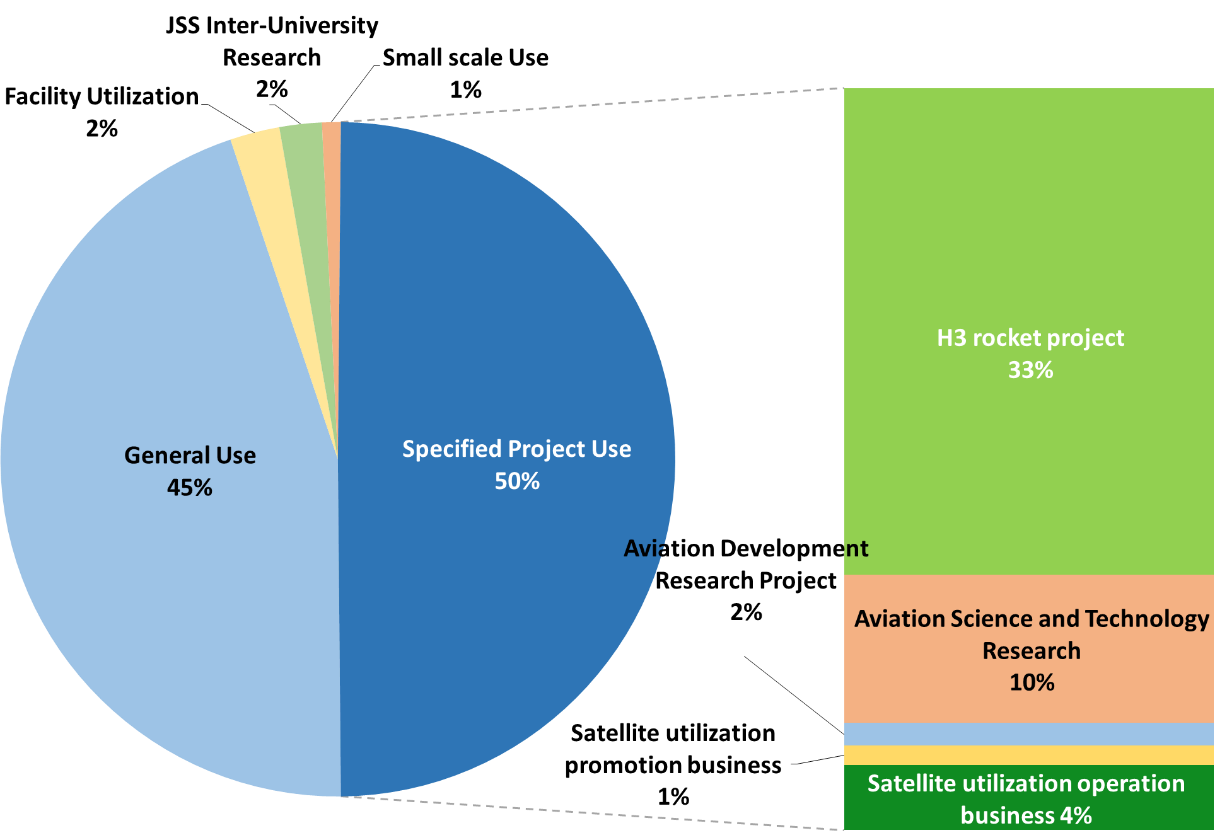 Fig. 7: JSS2 usage status of specified project by business
Fig. 7: JSS2 usage status of specified project by business
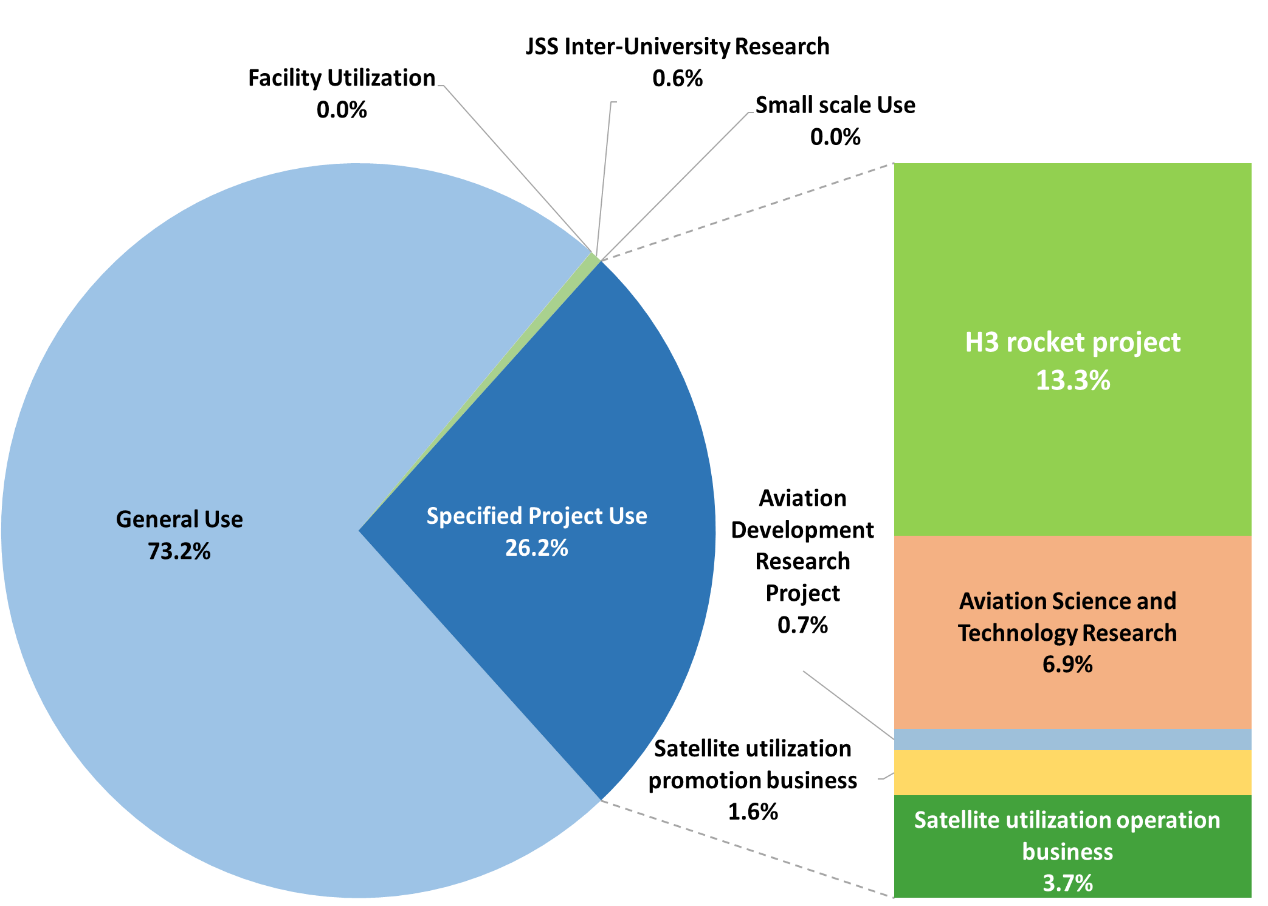 Fig. 8: JSS3 usage status of specified project by business
Fig. 8: JSS3 usage status of specified project by business
Large-scale simulation challenge in FY2020
By securing a node dedicated to large-scale calculations immediately after conversion to JSS3, we executed a large-scale simulation that cannot be executed in normal operation and conducted an analysis that would make a dramatic leap in science and technology. (1/2 scale job of the entire JSS3 system)
See Table. 4 below for more information.
| Organization | JAXA Research and Development | JAXA Aeronautical Technology | Hokkaido University Graduate School of Science Earth and Planetary Science |
| Applicant | Takanori Haga | Taisuke Nambu | Yusuke Takeda |
| Theme | Large-eddy simulation of a full-scale liquid rocket engine combustor | Large-scale analysis of multi-droplet evaporation by interface-resolved DNS | Beyond the human eye resolution: 3D visualization of full-color tomographic images |
| Maximum usage system for application | TOKI-SORA ×2670 nodes |
TOKI-SORA×607nodes (1400 nodes×2cases: 2.3 billion cells) |
TOKI-XL×2 nodes |
| Achievement
for more information, |
The calculation was not completed due to the instability of the calculation, but as a result of subsequent investigations and examinations, the cause could be almost identified. If there is no nozzle, it is possible to analyze under the injection conditions of the actual machine, and it is currently being applied to the project support analysis of the LE-9 engine. | The evaporation of droplets was revealed for the first time in the world. It is expected that a high-precision model will be completed by the end of 2023.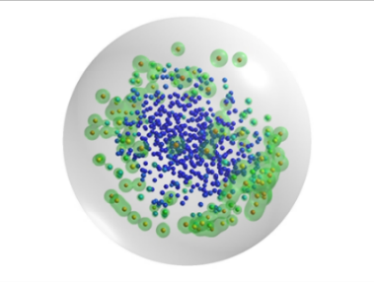 |
Achieved the world's first 3D visualization that exceeds the resolution and visual cognitive limits of the human retina. This enables high-resolution observation and analysis of important samples related to space science such as meteorites and basalts. |
| Used core time (sec) | TOKI-SORA 40,972,445.31 TOKI-RURI(ST) |
TOKI-SORA 47,053,305.01 TOKI-RURI(ST) TOKI-RURI(LM) |
TOKI-RURI(ST) 514,040.16 TOKI-RURI(LM) TOKI-RURI(XM) |
Visualization technology
Visualization technology is indispensable for more accurate and quick analysis of calculation results. The Supercomputer Utilization Division has prepared various visualization tools for JSS3 / TOKI-RURI, and you can perform visualization according to your research.
● Visualization of large-scale calculation results
If the calculation is too large to be visualized in a normal visualization environment, the visualization team will advise you on the appropriate method. The following figure shows an example of a complex, large-scale visualization.
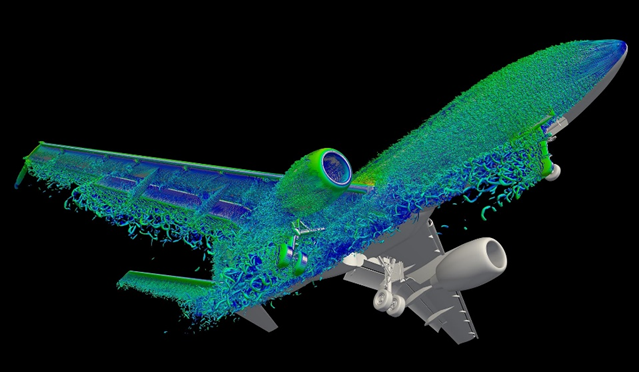 Fig. 9: Aircraft analysis core
Fig. 9: Aircraft analysis core
technology development
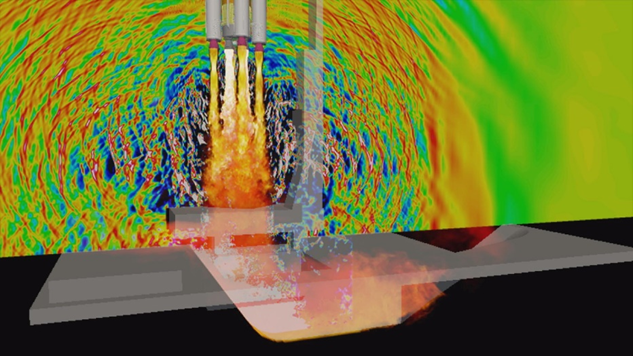 Fig. 10: Simulation around the launch
Fig. 10: Simulation around the launch
site when the H3 rocket is launched
● New visualization technology
We are promoting the use of new visualization technologies, such as 3D visualization with 3D printers and visualization with MR (Mixed Reality) technology. You can share and see what you cannot see at the meeting.
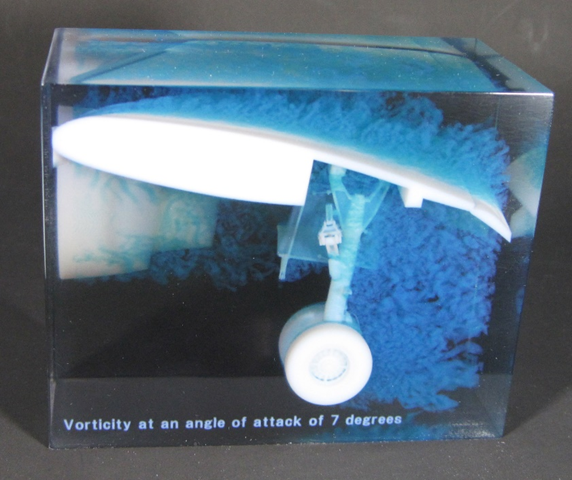 Fig. 11: 3D printer model
Fig. 11: 3D printer model
using transparent resin
(Around the aircraft landing gear)
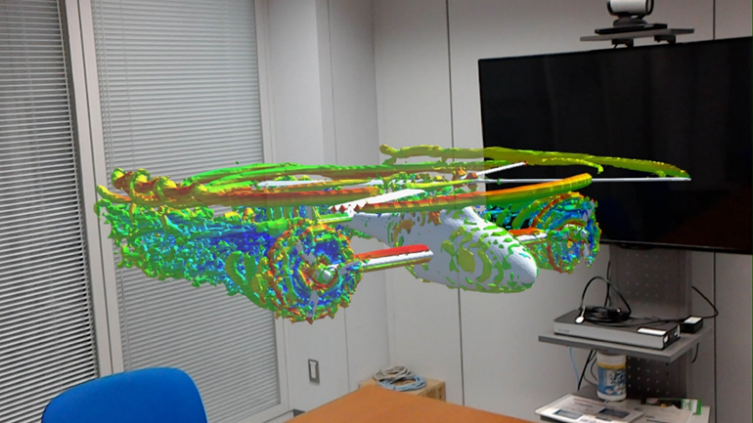 Fig. 12: 3D stereoscopic display
Fig. 12: 3D stereoscopic display
using MR technology
(Composite helicopter)
Supplement 1: System configuration
JSS3 system configuration
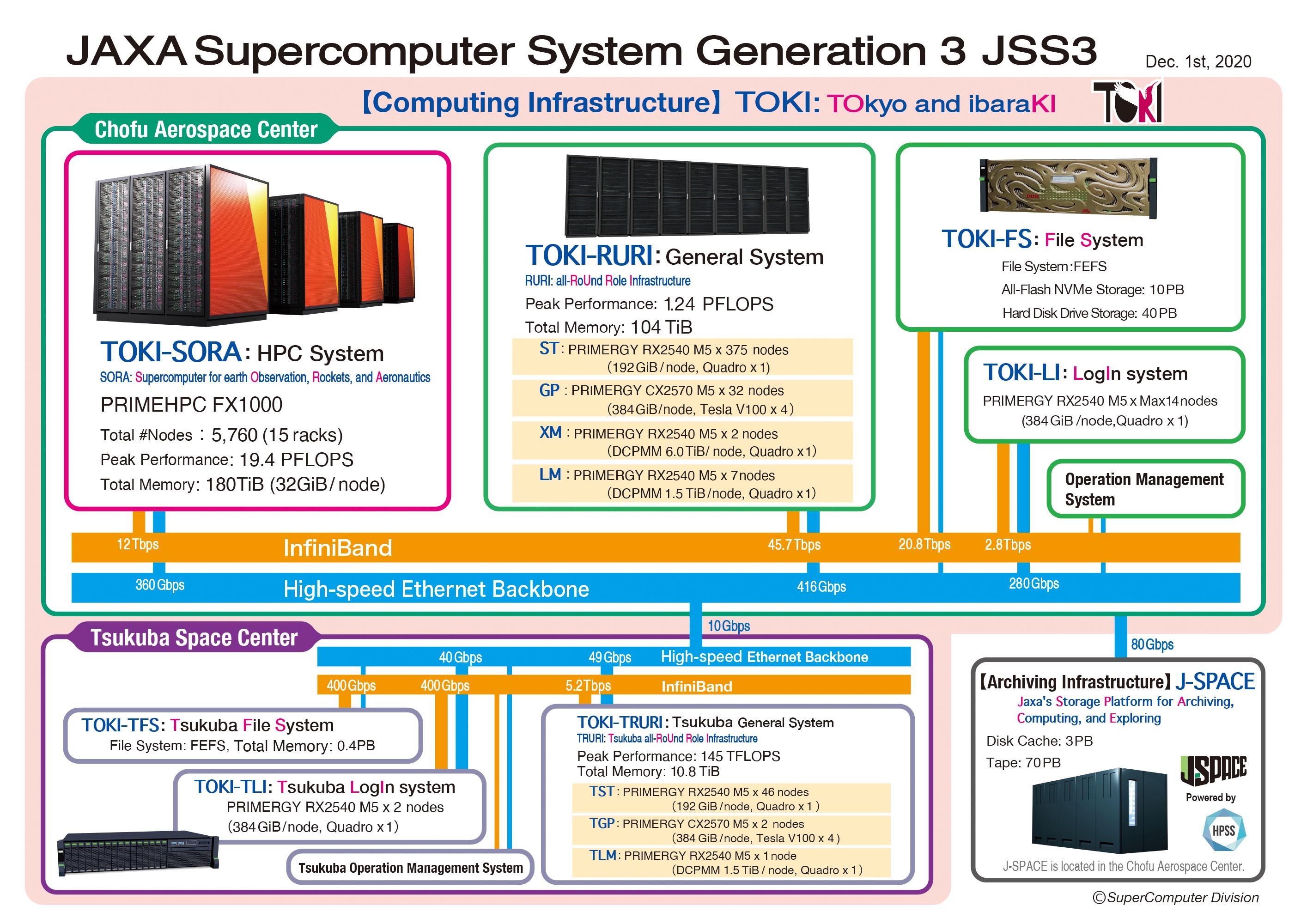 Fig. 13-1: Configuration Overview of JSS3 System
Fig. 13-1: Configuration Overview of JSS3 System
Table. 5-1: Specification overview of JSS3
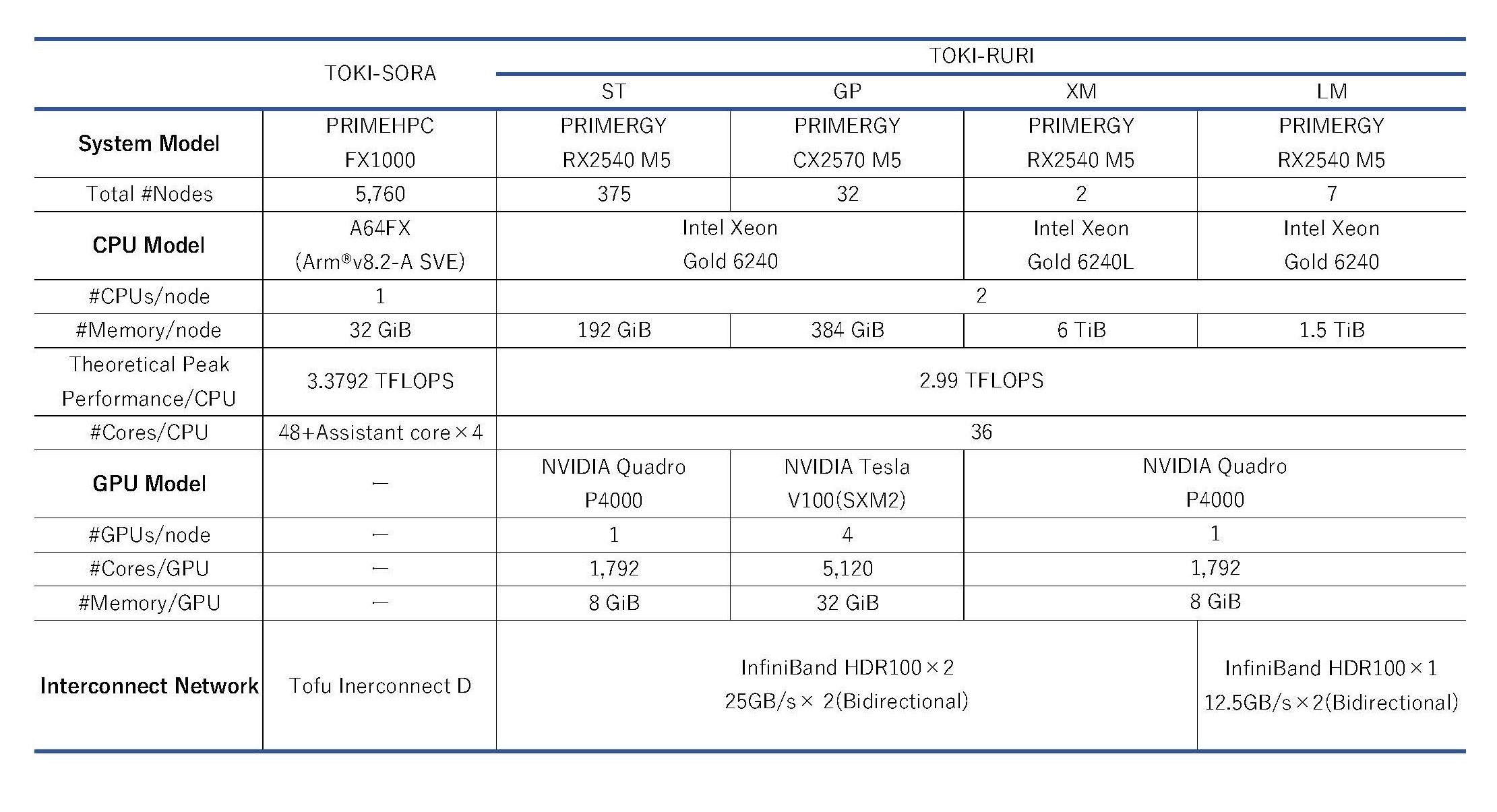
JSS2 system configuration
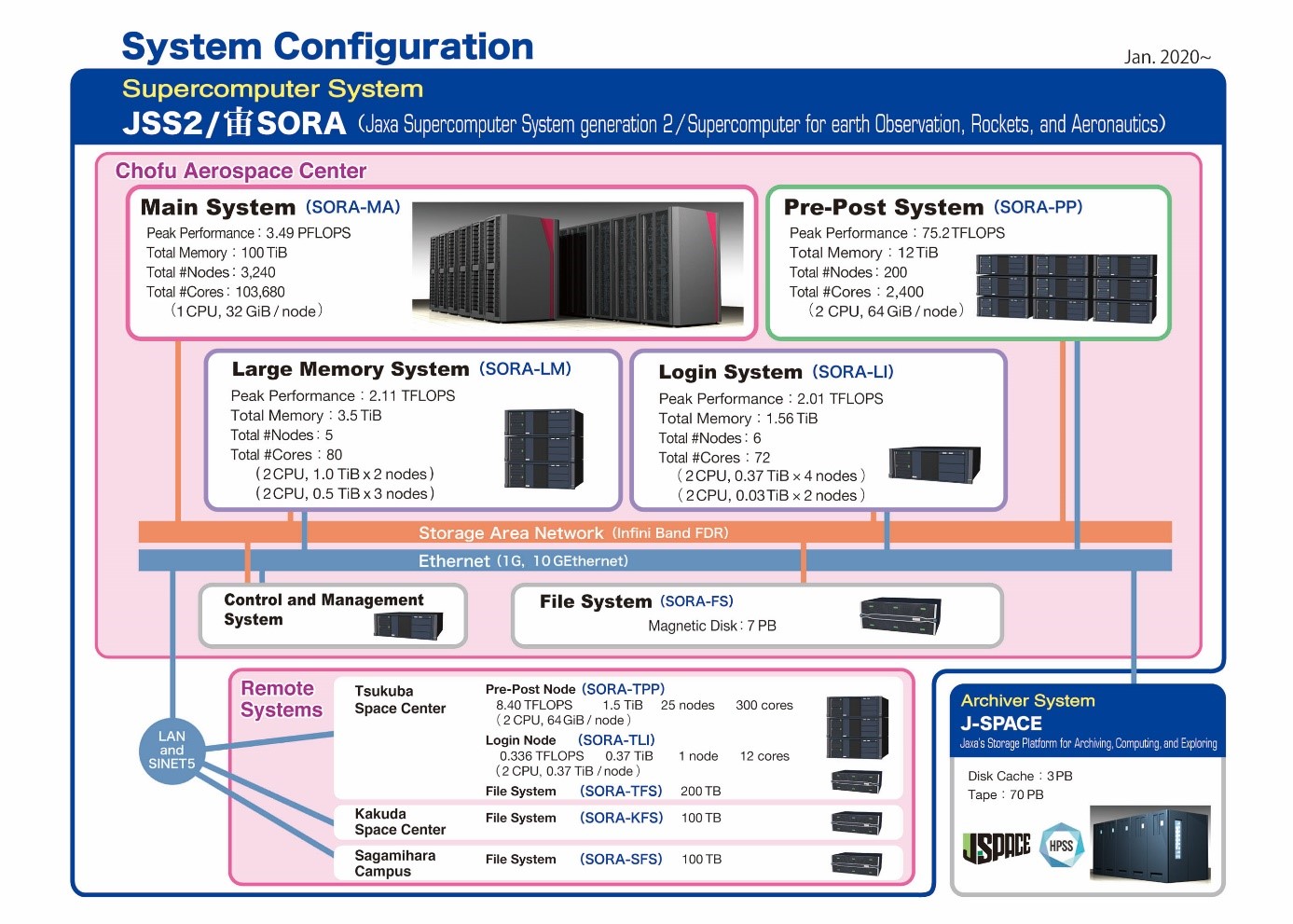 Fig. 13-2: Configuration Overview of JSS2 System
Fig. 13-2: Configuration Overview of JSS2 System
Table. 5-2: Specification overview of JSS2

Supplement 2: JSS3 Facility Utilization service fee
| Basic fee | \10,283 / Month |
| Node fee | SORA \0.00568 /(node・sec) RURI(ST) \0.01478 /(node・sec) RURI(GP) \0.06241 /(node・sec) RURI(XM) \0.22911 /(node・sec) RURI(LM) \0.03430 /(node・sec) ( The SORA system is charged for usage time exceeding 500 (node・hour). ) |
| File fee | \0.11781 /(GB・Month)
( Allotted capacity over 500 (GB・month) is subject to billing. In addition,the capacity will be up to the amount approved by JAXA.) |
| Archiver fee | Free up to the minimum required capacity approved by JAXA. However,the maximum is 400TB. |
| Management fee | 9.3% of direct expenses |
The above rates and conditions are subject to change. Please check the following URL for the latest information.
https://aerospacebiz.jaxa.jp/solution/facility/facility69/
JAXA Supercomputer System Annual Report April 2020-March 2021


